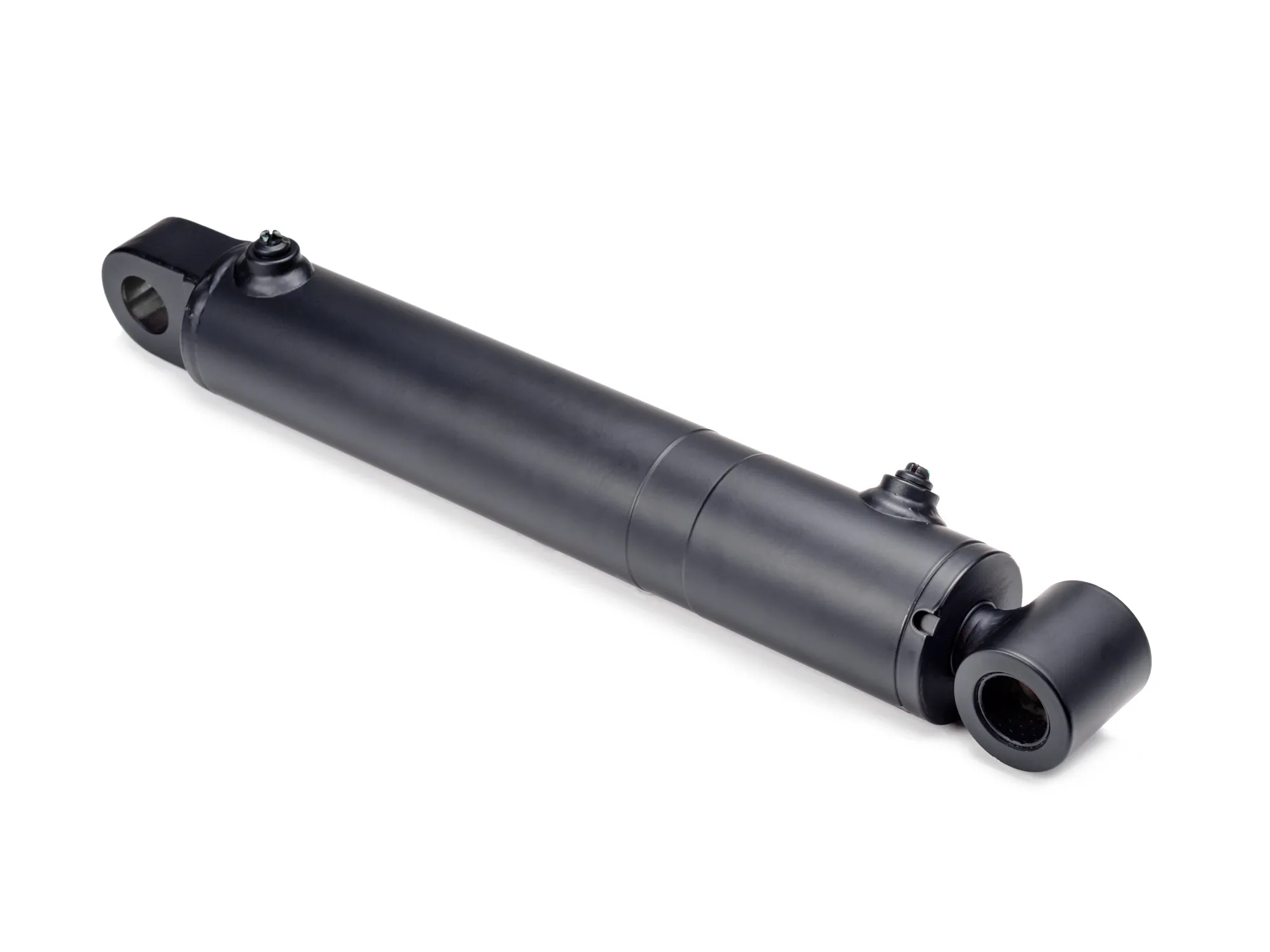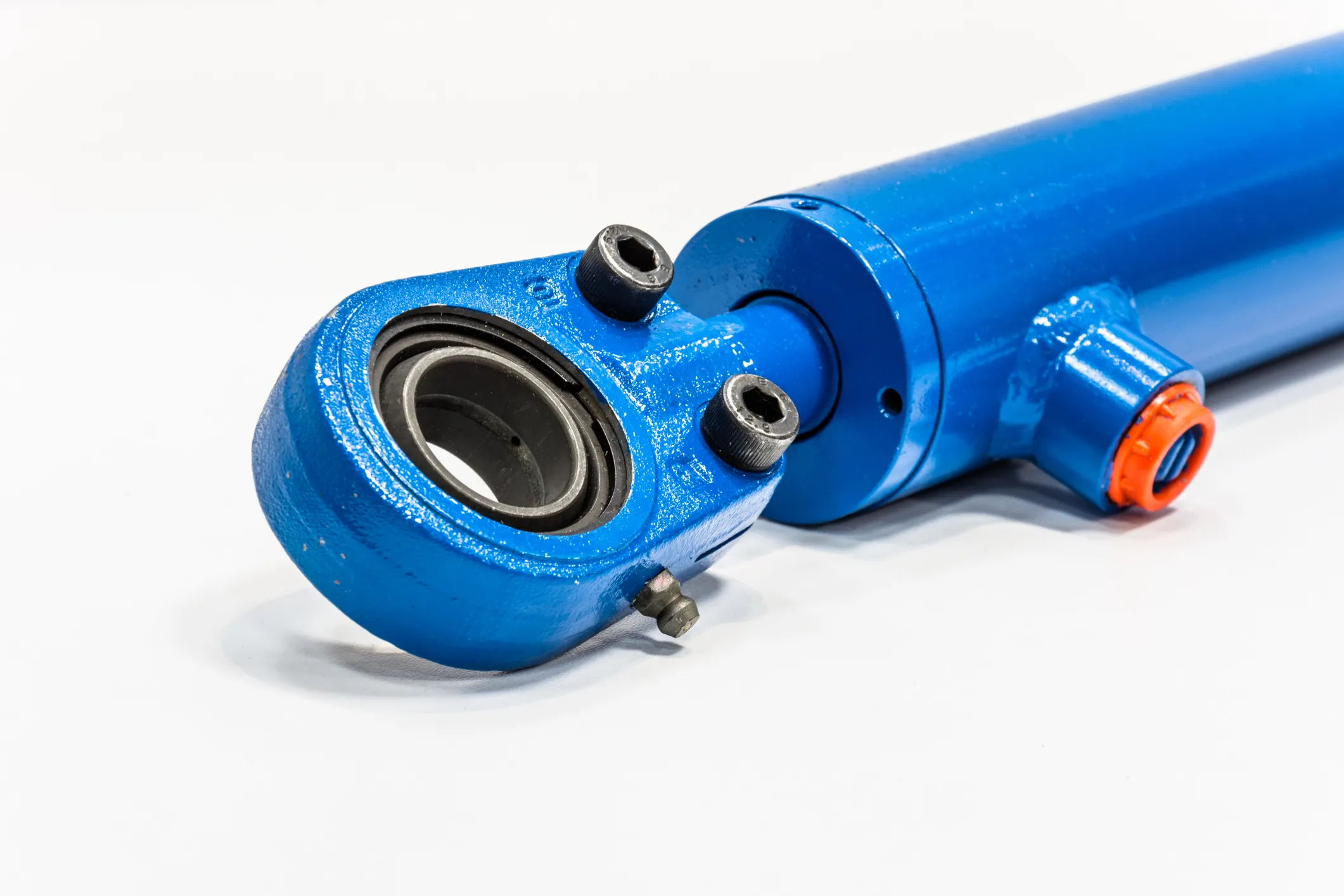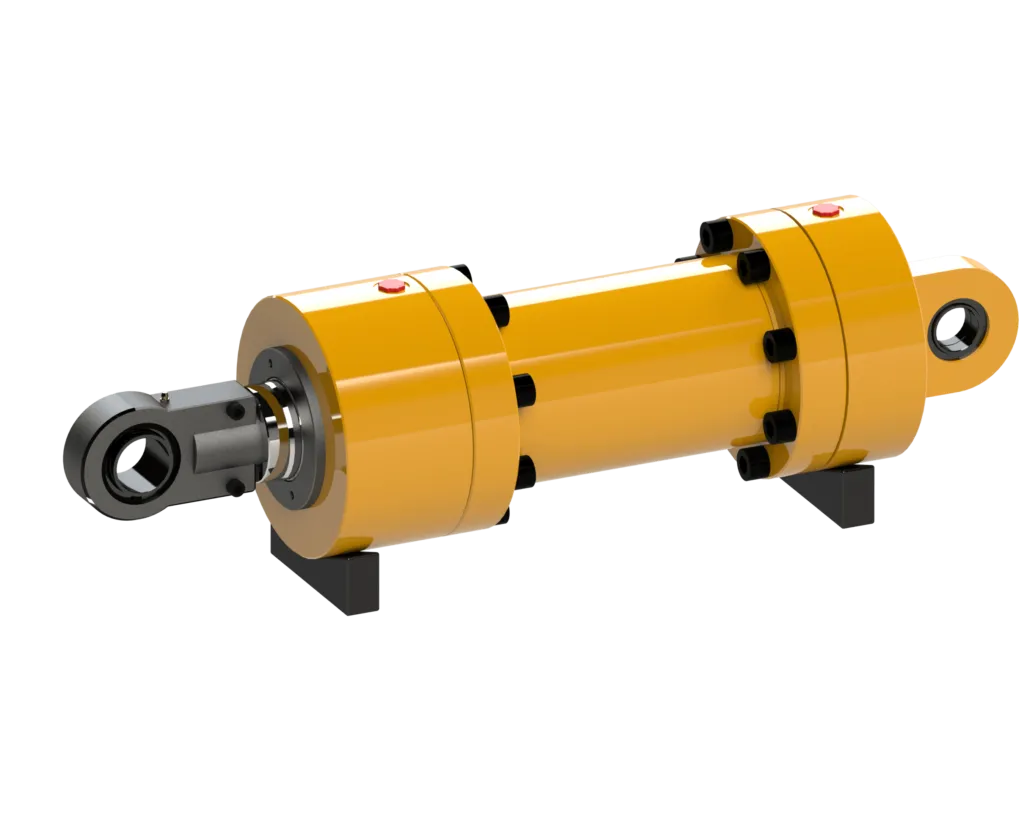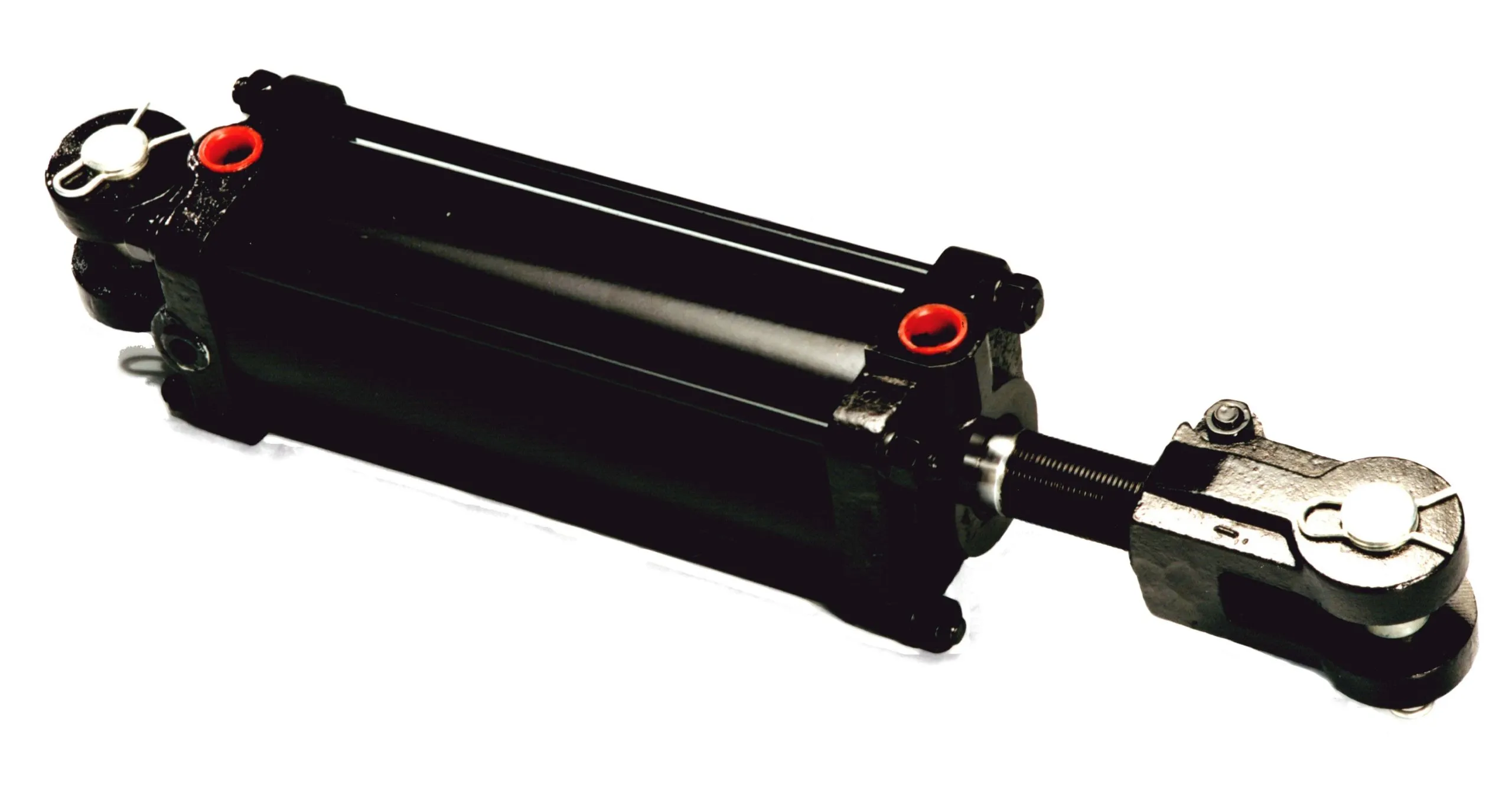
The Applications Of Telescopic Single-Acting Hydraulic Cylinders In Chemical Processing
Introduction
In the realm of hydraulic applications, the telescopic single-acting hydraulic cylinder plays a pivotal role. This article delves into the design, construction, working principle, advantages, application scenarios, maintenance, unit power, and optimization of these cylinders in chemical processing.
Design and Construction Characteristics
The telescopic single-acting hydraulic cylinder comprises several key components:
- Outer Cylinder: Houses the internal stages for gradual expansion.
- Internal Stages: Typically two or three stages that allow for extension.
- Piston: Drives the hydraulic fluid within the cylinder.
- Seals: O-rings and wiper seals prevent leaks and maintain pressure.
- Materials: High-strength steel for durability, aluminum for lightweight applications, and corrosion-resistant coatings.

Working Principle
Telescopic single-acting hydraulic cylinders function by applying hydraulic pressure in one direction, enabling extension and contraction through a spring or gravity mechanism.
Types and Configurations
There are three main types of telescopic single-acting hydraulic cylinders, each tailored to specific applications, ensuring optimal performance and efficiency.
Advantages
The benefits of telescopic single-acting hydraulic cylinders in chemical processing include space efficiency, high force output, and versatility across various industries.
Application Scenarios
These cylinders are ideal for chemical processing due to their ability to fit into tight spaces, generate high force for lifting heavy loads, and adapt to diverse industrial settings.
Design Considerations and Selection Criteria
When choosing telescopic single-acting hydraulic cylinders for chemical processing, factors such as bearing capacity, sealing, durability, safety, and maintainability should be carefully considered.
Sealing and Lubrication
Maintaining proper seals and lubrication, utilizing wear-resistant materials, and regular hydraulic oil checks are essential for the longevity and performance of these cylinders.
Maintenance and Troubleshooting
Regular inspection, lubrication, seal replacement, and calibration inspection are key maintenance tasks to ensure the efficient operation of telescopic single-acting hydraulic cylinders in chemical processing.

Unit Power and Optimization
Understanding the unit power factors and optimizing the hydraulic power unit can enhance efficiency, energy savings, and reliability in chemical processing applications.

Q&A
1. How does a telescopic single-acting cylinder differ from a standard hydraulic cylinder?
2. What are the primary components of a telescopic single-acting hydraulic cylinder?
3. In which applications are telescopic single-acting cylinders commonly used?
Long-Tail Keywords
1. Chemical Processing Telescopic Hydraulic Cylinders: Tailored for Precision
2. Enhanced Efficiency in Chemical Processing with Hydraulic Cylinders
3. Reliable Telescopic Cylinders for Chemical Industry Applications
Our Company
We are a renowned hydraulic cylinder replacement manufacturer, offering a comprehensive product line and exceptional services to meet the demands of chemical processing industries worldwide.
Author: lyl
